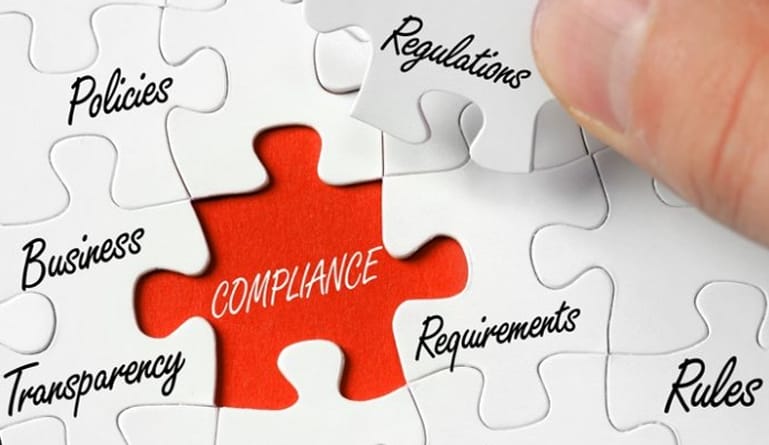Compliance audits can become a worrisome task in today’s technological world. At times, challenging auditory mandates are difficult to address, but an automated approach to compliance can assure a risk-free experience.
Compliance forces an organization’s behaviors and actions to be monitored by government policies, and the characteristics of these policies reflect a set of generalized principles that are deemed to keep the organization in check. Since most organizations can just claim to follow a policy and do the complete opposite, compliance is a way for the government to ensure that the policies are operationalized and enforced universally throughout the organization through the use of credible documentation.
Compliance is an effective way to keep an organization in check, but it is often seen as a worrisome and expensive process in the IT industry. Since it was originally designed to undergo risk and develop through error, compliance has made it difficult for some organizations to thrive. However, there are 3 primary points that can help make the process easier:
People-centric – IT operations are organized around hardware, software, and data. This is a continuation of the roots of technology because, since the beginning, technology resides entirely within a data center with end-users at a fixed location. This means that one of the main components of undergoing a pleasant compliance process is through the people behind the organization. Communication is crucial, and it is important for compliance to be people-centric and aware of collective and individual contexts to prevent mistakes from occurring.
Policy-driven – Policies may be the most important component within an IT organization because it is imperative the organization abides by the policies put in place by the governing party. User access rights must be in accordance with the mandates that have formed from multiple organizations outside the enterprise, and the formulation of rules must be followed explicitly or else compliance will be broken. Nonetheless, IT organizations must gain the ability to define, store, enforce, and modify rules with more complexity and parameters to ensure future events are accounted for.
Automated – Auditors are not fond of manual processes since there is room for human error. Automated processes have become an essential part of the compliance process, and compliance managers cannot trust policy enforcement with the absence of automated mechanisms. Automated systems also have many advantages, and it essentially reduces the amount of workload and manual effort on the part of the organization. For instance, only with IT automation can IT operations respond immediately to policy-relevant conditions. This means if a violation were to occur, the system would be able to respond appropriately in real-time.
Compliance can be a difficult process to master, but by enforcing a people-centric, policy-driven, and automated system, the process can be much less difficult.
Looking for a way to comply with government audits without falling apart? Click on the link below to watch a quick video and to download the whitepaper. Understanding Compliance Audits in the Modern World





